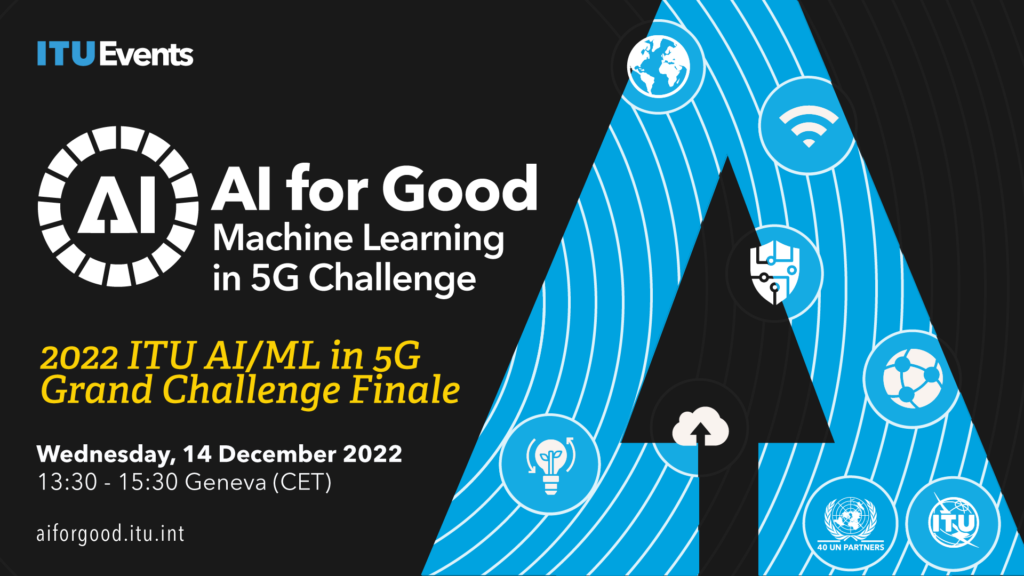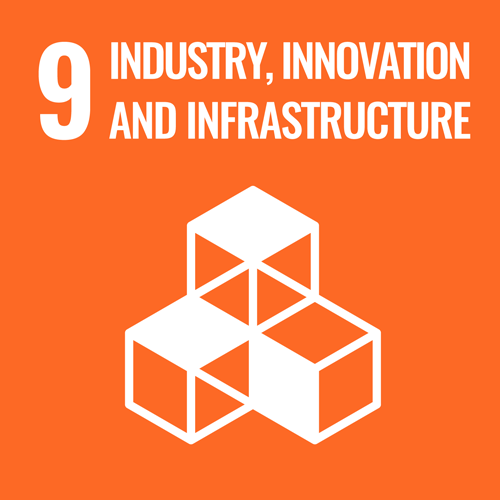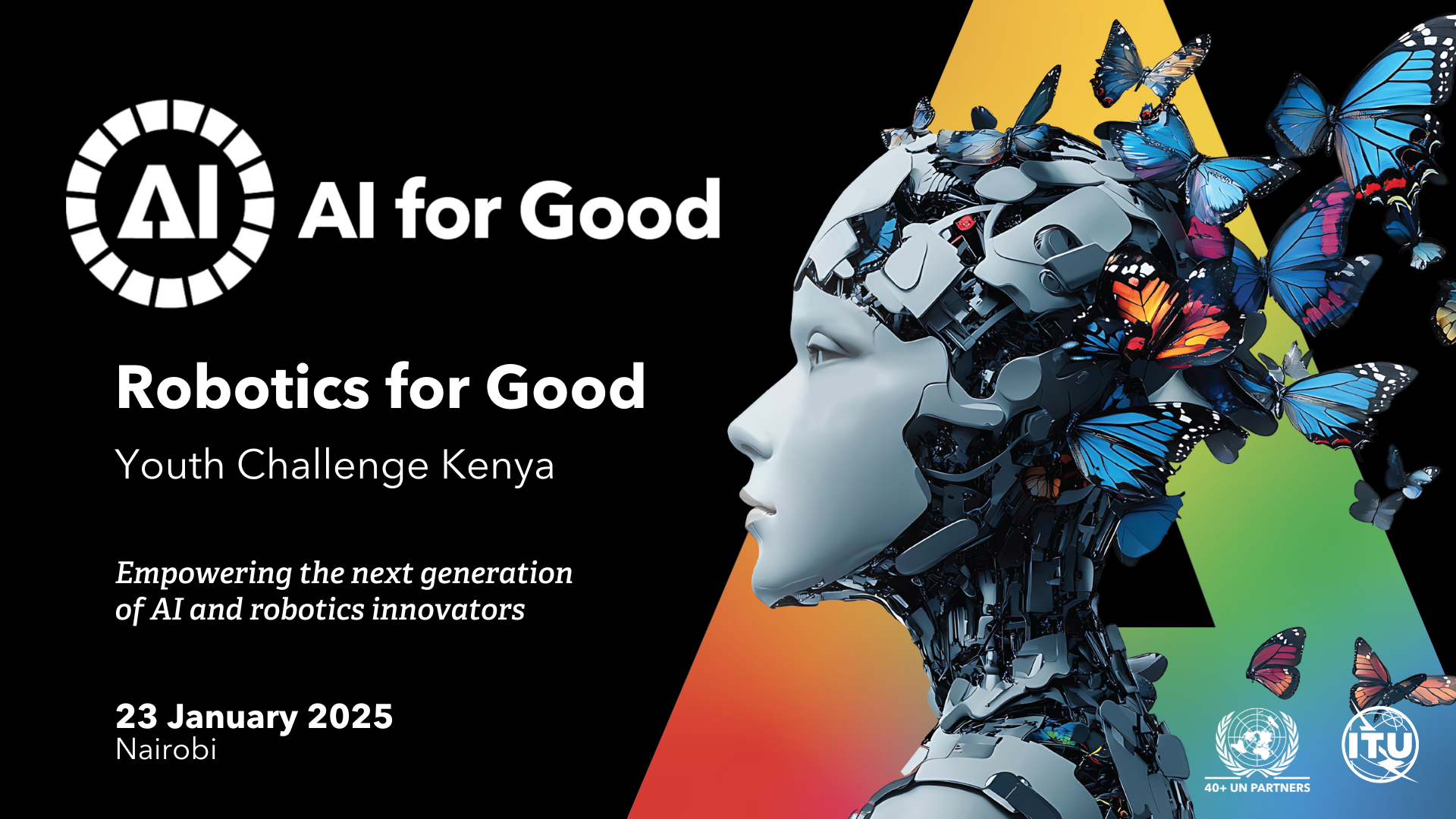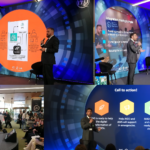The field of Artificial Intelligence (AI) has been around since the 1950s, when Alan Turing first posed the revolutionary question, “Can machines think?” in his paper Computing Machinery and Intelligence.
However, it is only recently with the exponential growth in data and computing power that have we begun to unlock the full potential of AI. Today, we find that AI is becoming indispensable in various study fields: Health, Climate Change, Robotics, Digital Transformation and as they say, “the sky is the limit.”
One of the fields where the International Telecommunication Union (ITU) is exploring AI and machine learning (ML) solutions is in the application to telecommunication networks, especially around the global deployment of 5G services.
Since 2020, ITU has picked up on the very likely opportunities to discover the usage of AI in 5G, and has been hosting the ITU AI/ML in 5G Challenge. The Challenge is an annual competition where organisations, universities and companies from all across the world provide “problem statements” (a.k.a puzzles or challenges) for teams of professionals and students to solve. This year, 13 problem statements have been proposed by a variety of organizations.
Throughout 2022, ITU has provided open round-table discussions on the AI for Good Neural Network, where participants could directly ask questions to problem statement hosts; webinar sessions held by hosts to explain their problem statement; and additional introductory tutorial sessions to beginners in communication networks and machine learning were offered. In the four-month competition phase, over 500 new participants from 64 countries registered and participated in the challenge.
The 3 promises of 5G – and what do they mean?
According to MIT Technology Review, “5G is a technological paradigm shift, akin to the shift from typewriter to computer.” 5G is accompanied by three broad promises: enhanced mobile broadband, ultra reliable and low latency communications, and massive machine type communications. However, these goals can only become a reality with the help of AI’s ability to deal with big data and the ability to automate systems.
This year ITU kicked off its first session, “Introduction to communication networks,” where the basics of communication networks were explained. If you don’t know what is meant by “enhanced mobile broadband, ultra reliable and low latency communications, and massive machine type communications” then the video is perfect for you!
These three promises are actually mentioned in recommendation ITU-R M.2083-0, and are considered as the three main usage scenarios for IMT-2020. IMT-2020 is a standard issued by ITU-R, which envisions the requirements necessary for 5G networks, devices and services.
Going a bit further, ITU’s second session was titled “ML5G Challenge tutorial #2: Data Pre-processing”. This session was all about data pre-processing, one of the most important steps in Machine Learning, and probably one of the most difficult steps for teams to master.
Again, data pre-processing is a VITAL step to machine learning and can make quite a difference to the end results of your machine learning model. As a result, it is recommended that newcomers to Machine Learning spend a good amount of time practicing this crucial step.
The third session was titled “ML5G Challenge tutorial #3: Machine Learning model building and training”. This session was about the actual machine learning building and training section of the Machine Learning process.
The fourth session was titled “ML5G Challenge tutorial #4: Machine Learning Model Optimization and Compression”. This session focused on a much more complicated section of machine learning; optimization and model compression. Grid search was discussed in relation to optimization whilst quantization and pruning techniques were discussed for model compression. While not the most common of topics, we have had several problem statements in the past that dealt with model compression (this is all explained in the video!).
All videos come with a short 15 minute explanation on the topic, and features a jupyter notebook hands-on session, which you can follow and do on your own. You can find all required data, powerpoint slides, and code on the github portal here.
Using data from previous problem statements, if you are interested in possibly joining the AI in 5G Challenge, here is a good place to get start getting comfortable with the types of data you will be using.
While these tutoring webinars cover a great deal on each topic, they only just touch the tip of the iceberg. If you are serious about becoming a machine learning expert, here are some websites you can use to get started to teach yourself the basics:
From these sites, you can review over nearly all of the necessary techniques and methods for Machine Learning, and come back to the explainers when starting a new project!
Awarding top solutions in the Machine Learning Challenge
We will be having our final conference for the 2022 ITU AI/ML in 5G Challenge from November 29th to December 1st, where the top teams of each problem statement will present their final solutions to the judges. It is a fantastic opportunity for anyone wanting to learn more about communication networks or machine learning, as it is a chance to see how AI can be applied in one of the most current, fast paced topics: 5G.
Registration is required, so please make sure to sign up here: https://aiforgood.itu.int/event/2022-itu-ai-ml-in-5g-challenge-programme/
Don’t miss the Grand Challenge Finale, where we will award the top winners of the 2022 Competition on the 14th of December, 2022. Please join us here
And share the event on LinkedIn. https://www.linkedin.com/events/machinelearningin5ggrandefinale6998956031334588416


















